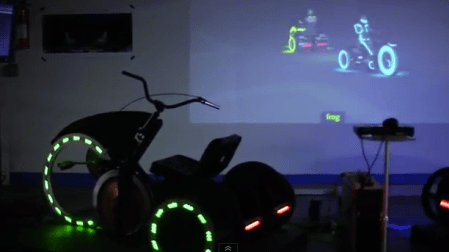The Vtech InnoTab is a child-sized tablet computer built for kids. Apart from being the ideal solution to keeping the grubby, sticky hands of nieces and nephews away from proper ‘adult sized’ tablets, it can also serve as a Linux tablet perfect for a few homebrew apps. [Mick] picked up an InnoTab for his son, but after getting BusyBox working, we’re thinking it has become a toy for the father and not the son.
[Mick] cracked open the InnoTab and soldered a few wires to a pair of pins that connect to a TTL level converter and then to a TV. There’s a full Linux shell running on [Mick]’s new tablet, encouragement enough for him to start porting ScummVM, the engine behind famous LucasArts point-and-click adventure games of the early 90s.
Right now, it’s still very much a work in progress, but [Mick] has full screen support and a virtual keyboard working; more than enough to enjoy Day of the Tentacle and Sam & Max Hit the Road. After the break you can see the video of [Mick]’s InnoTab running the much more child-friendly SCUMM adventure Putt Putt Goes to the Moon, something we’re sure his son will love.

















